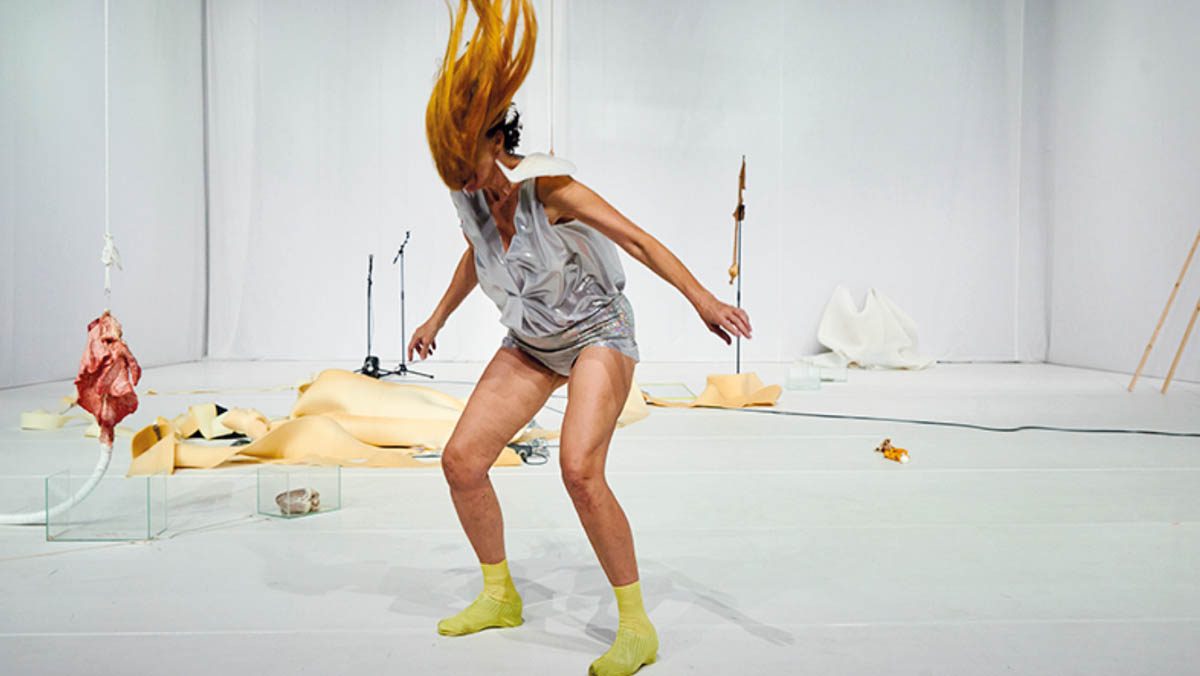Is it possible to read the ecology of the environment, the surrounding exterior, world-political decisions and cosmic conditions from the organs? Or do we find future forms of community in the physical interior? What if we carry our future in our organs? This work is inspired by the blood sacrifices and visions of the Babylonians and Etruscans where the political future was read from the organs of killed animals. The liver oracle was especially practiced by the Etruscans; organs of animals killed in a sacrificial ritual were interpreted.
Experts, so-called haruspices (lat. haruspicius (lat. haru: viscera), read world events from the liver of a sheep by means of a cosmic transmission and thus gave recommendations for political decisions. In liver oracles, macrocosmic concerns were derived from the microorganism of a liver. Organs became the medium of poetic oracles and communication with the future. Perhaps sacrifices are rituals of collective agreement that deal with the trauma that demands the protection of the endangered community.
Claudia Bosse, choreographer, director and artist, lives in Vienna and Berlin and is artistic director of theatercombinat. Her work focuses on different forms of violence, history and utopia. She thinks of her expansive choreographies in space as art works created by temporary communities, which incorporate myths, rituals, texts, language, choruses and objects. She has presented this (often chorus-like) reflective practice of bodies in space at festivals, museums, in architectural settings and in public spaces all over the world. Her artistic practice includes installations, theatre productions, choreographies of space and public interventions. As a researcher, she has also held many workshops and has lectured at several academies and universities. Since 2011, she has also been working on installational pieces in cooperation with archives and art collections.
A production of theatercombinat in co-production with tanzquartier wien and FFT Düsseldorf, funded by Wien Kultur, the Federal Ministry of Art and Culture and the Kunststiftung NRW as part of the co-production series „who is speaking“?
The Goethe-Institute Chicago will stream ORACLE and SACRIFICE 1 or the evacuation of the present on November 28.
On November 29 at 8pm (MET) follows an artist talk with Petra Roggel, (director of the Goethe-Institut Chicago), David J. Levin (Professor for performance and germanic studies, University of Chicago), Tina Post (assistant professor for english literature and performance studies, University of Chicago) and Claudia Bosse.
If you missed the performances in vienna and Düsseldorf of Claudia Bosse’s first solo with accomplices here is your chance to see the work in a recording from the Tanzquartier Wien, before the work will spread and change in the viennese woods next year.
Claudia Bosse – www.theatercombinat.com
Interview Claudia Bosse




